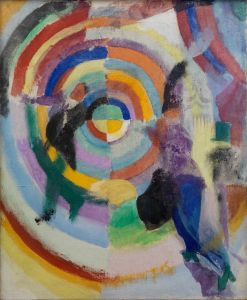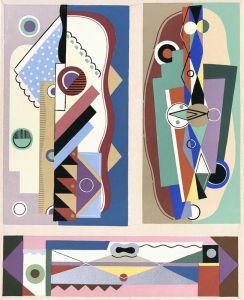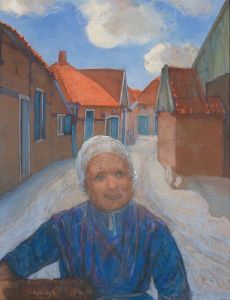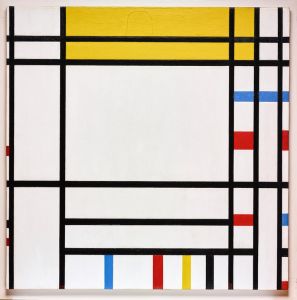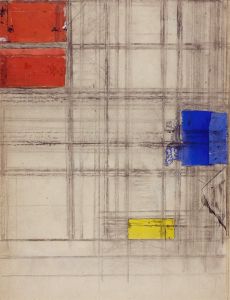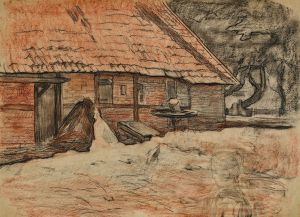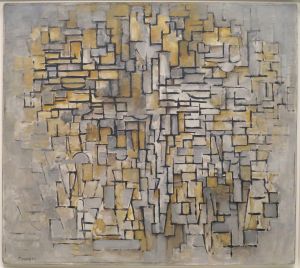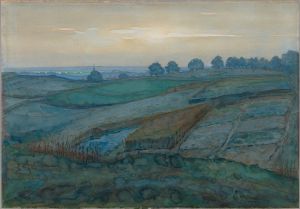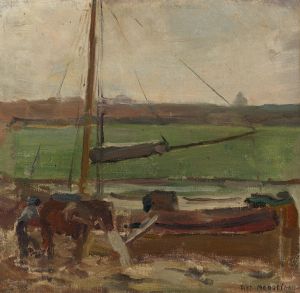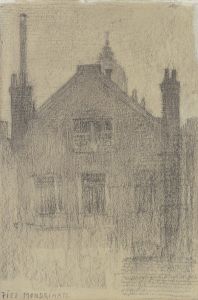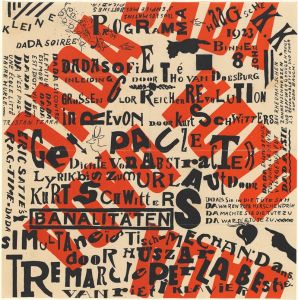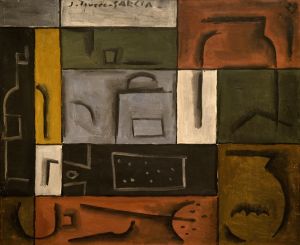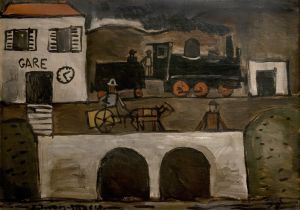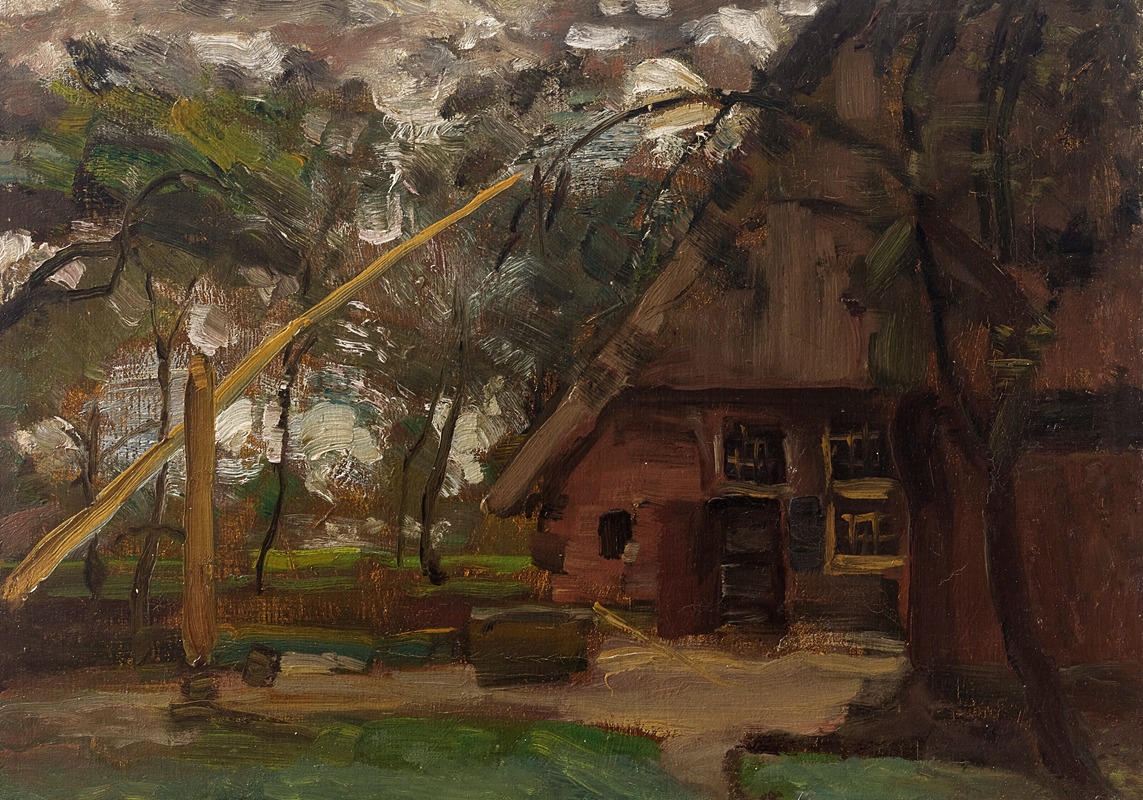
Boerderijgevel
A hand-painted replica of Piet Mondrian’s masterpiece Boerderijgevel, meticulously crafted by professional artists to capture the true essence of the original. Each piece is created with museum-quality canvas and rare mineral pigments, carefully painted by experienced artists with delicate brushstrokes and rich, layered colors to perfectly recreate the texture of the original artwork. Unlike machine-printed reproductions, this hand-painted version brings the painting to life, infused with the artist’s emotions and skill in every stroke. Whether for personal collection or home decoration, it instantly elevates the artistic atmosphere of any space.
Piet Mondrian, a pioneering figure in abstract art, is renowned for his contributions to the De Stijl movement and his development of a unique artistic style characterized by geometric forms and primary colors. One of his lesser-known works, "Boerderijgevel" (translated as "Farmhouse Facade"), reflects an earlier period in Mondrian's artistic journey before he fully embraced abstraction.
"Boerderijgevel" was created during a time when Mondrian was still exploring representational art, focusing on landscapes and natural forms. This painting is part of a series of works where Mondrian depicted rural scenes, particularly farmhouses and barns, which were common subjects in his early career. These works are significant as they illustrate Mondrian's transition from traditional landscape painting to his later, more abstract compositions.
The painting captures the facade of a farmhouse, showcasing Mondrian's keen interest in architecture and structure. During this period, Mondrian was influenced by the Dutch landscape and the interplay of light and shadow on surfaces. His use of color in "Boerderijgevel" is more subdued compared to his later works, with a palette that reflects the natural environment of the Netherlands. The composition is balanced and harmonious, demonstrating Mondrian's early understanding of form and proportion.
Mondrian's work during this time was also influenced by the Symbolist movement, which is evident in his attention to mood and atmosphere. Although "Boerderijgevel" is representational, it hints at Mondrian's evolving style, where he began to emphasize the underlying structure of the scene over its realistic depiction. This focus on structure would become a hallmark of his later abstract works.
As Mondrian's style evolved, he moved away from depicting recognizable forms and instead sought to express universal truths through abstraction. His later works, characterized by grids of black lines and blocks of primary colors, were a radical departure from his earlier landscapes. However, paintings like "Boerderijgevel" are crucial for understanding the progression of Mondrian's artistic philosophy and technique.
"Boerderijgevel" is not as widely recognized as Mondrian's abstract pieces, but it remains an important part of his oeuvre. It provides insight into his artistic development and the influences that shaped his journey toward abstraction. The painting is a testament to Mondrian's ability to capture the essence of a scene while gradually moving towards a more simplified and abstract representation of reality.
In summary, "Boerderijgevel" by Piet Mondrian is a significant work from his early career, reflecting his exploration of landscape and architecture before his transition to abstract art. It showcases his developing interest in structure and form, elements that would become central to his later works. This painting is an essential piece for understanding the evolution of Mondrian's artistic style and his contribution to modern art.





